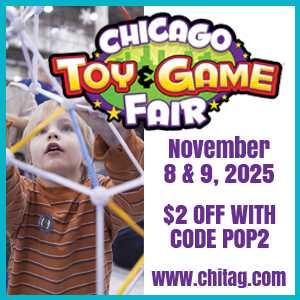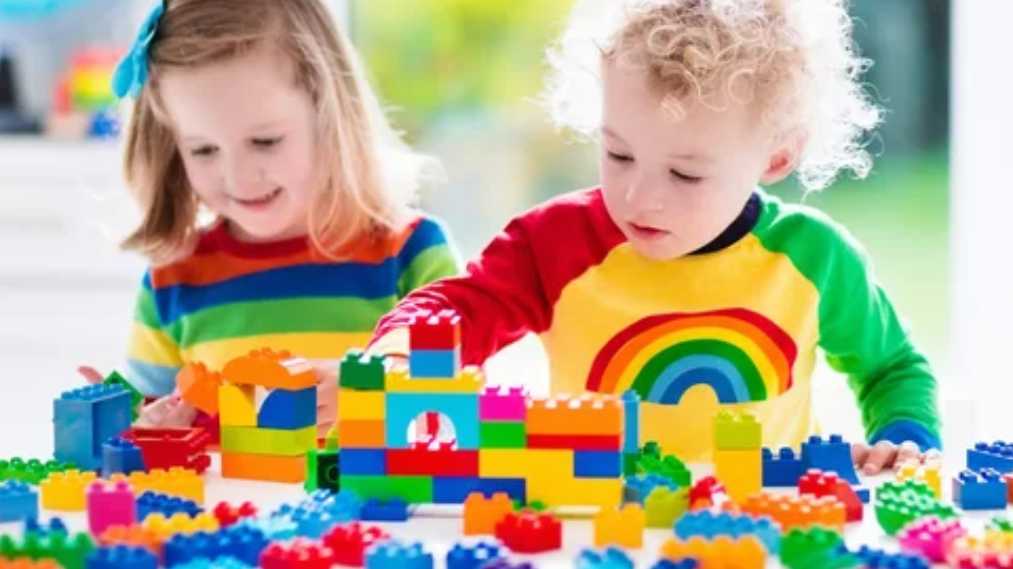Driving Play Value
By Nancy Zwiers
I define play value as the amount of time a child spends playing with a toy relative to its price. Delivering play value is our industry’s reason-for-being, but we don’t have standardized ways of measuring our success—or failure.
Recently, my company, Funosophy, partnered with the Michael Cohen Group, a prominent New York-based research firm to field a study to measure our industry’s progress in launching toys that inspire extended play.
Compared to our first study in 2011, this new study shows we have made significant progress in the last decade. That said, there is room for improvement. While the percent of unused toys declined from 42% to 32%, it’s frankly concerning that 32% of toys being unused does not lead to parents’ perceptions of toys as a strong value.
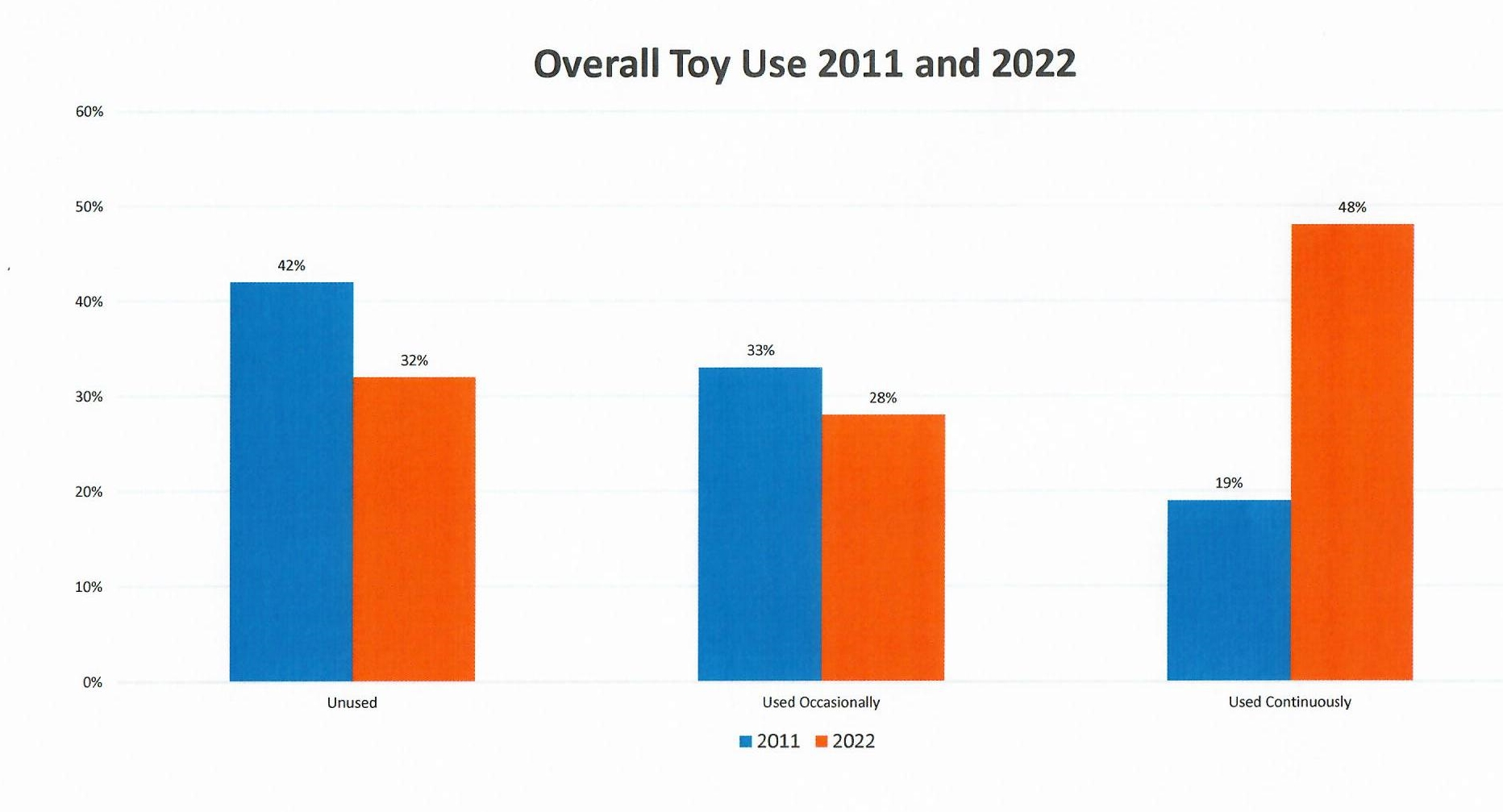
What can we do to enhance the play value of the toys we make?
- Enhance manipulative play value (i.e., fiddle factor)
- The more opportunities a kid has to actively interact with the toy, the longer the child will play with the toy. Its not surprising that some of the biggest toy trends involve fidget toys. But any toy can deliver fiddle factor—a feature that let’s hands or fingers be the cause of a payoff of some sort.
- Incorporating multiple pieces that can be arranged and re-arranged in multiple ways greatly improves play value, and prevents boredom from setting in. Evergreen brands like Barbie, Hot Wheels, and Lego offer collectible worlds of product that kids can interact with in endless new ways.
- I child that is into Barbie can amass multiple dolls, fashions, and play sets that can be combined and recombined to inspire new story lines.
- A Hot Wheels track set can be put together in diverse ways, with many different vehicles available to rule the road.
- Lego bricks might first be used to build the object pictured on the box, but then they get added to the plastic bin of other Lego bricks and kids are off to the races with open-ended building play.
- Create an emotional connection to spur imaginative storytelling
-
- Kids will actively collaborate with you to create unique play experiences if they are emotionally connected to your toy. Leverage aesthetics, features, and other concrete cues to engender an emotional connection.
- Content supporting a toy can also spur original storytelling. Research designed to answer whether preschool-targeted properties supported by a TV series hurt or help kids’ imaginations showed that indeed, content stimulates imagination.
-
- Leverage core play patterns that are biologically driven
-
- When your toy aligns with biologically driven play patterns, you tap into a powerful source of inherent play value. The three most fundamental play patterns that appeal to all genders and ages have inherent power:
- Exploration & Discovery—how can you build in opportunities for exploration and discovery into your toys? Working on Barbie, we were always on a quest for “cheap thrills” i.e., adding excitement and play value for not a lot of money. “Secrets and Surprises” embodied this core play pattern and became our go-to for cheap thrills.
- Challenge & Mastery—through product or supportive content, building in opportunities for challenge and mastery can turbocharge engagement. Can you identify challenging levels of play? We all know that with video games, levels make it addictive. The challenge can be physical or cognitive. Better yet, give kids a way to show off their success in mastering a challenge.
- Imitation Role Play—toys that let kids mimic aspirational characters or people tap into a deeply-rooted inborn drive. Not only can this play pattern be built into the product, but it can also be built into the marketing campaign. LOL’s did early marketing thrust did an excellent job of letting kids become unboxing influencers.
- When your toy aligns with biologically driven play patterns, you tap into a powerful source of inherent play value. The three most fundamental play patterns that appeal to all genders and ages have inherent power:
-
With online reviews growing for toys across the spectrum, where parents weigh in on the play value of the toy post-purchase, our mandate to improve play value is more important than ever!
Recent Blogs
Recent Blogs
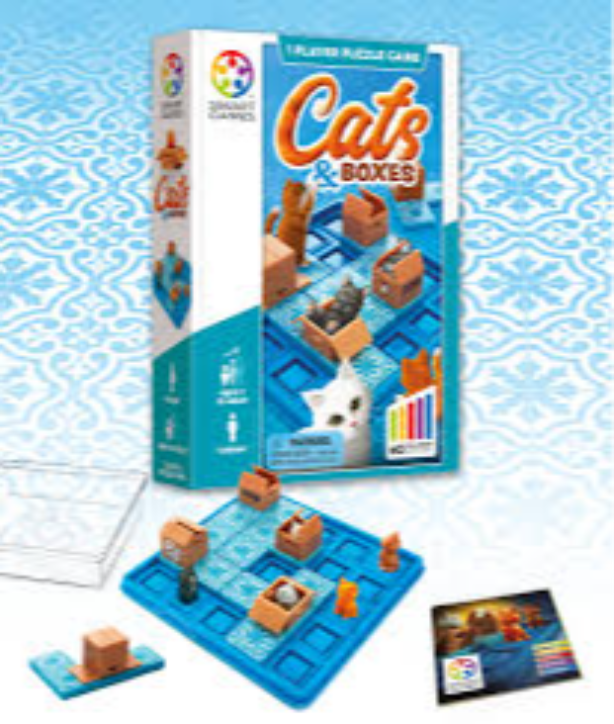
Reviews
Game Review: Cats & Boxes

Biographies and Interviews
Ana Maria, Founder of The Magical Underland Inc., Rings in the Holidays with a new kind of Christmas Tree
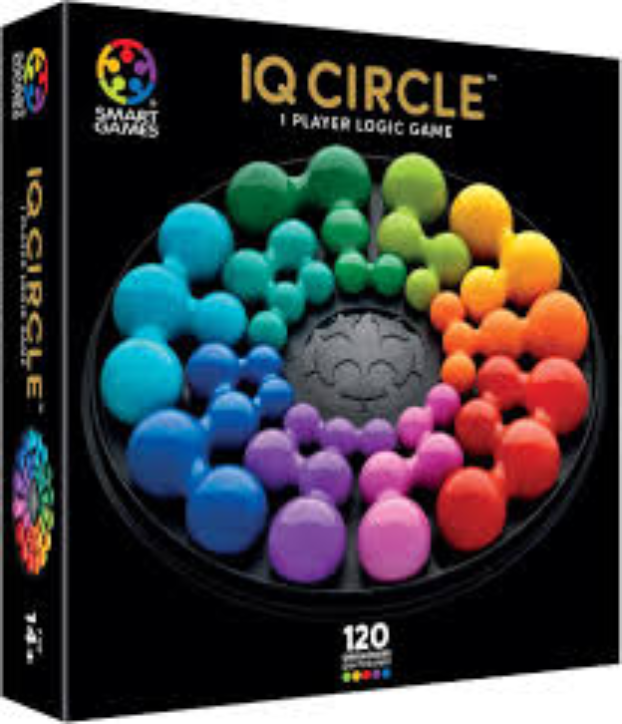
Reviews
Game Review: IQ Circle

Biographies and Interviews
Catching up with Eric Olsen, The Inventor of Flip 7 and Co-Creator of Messy Table Games
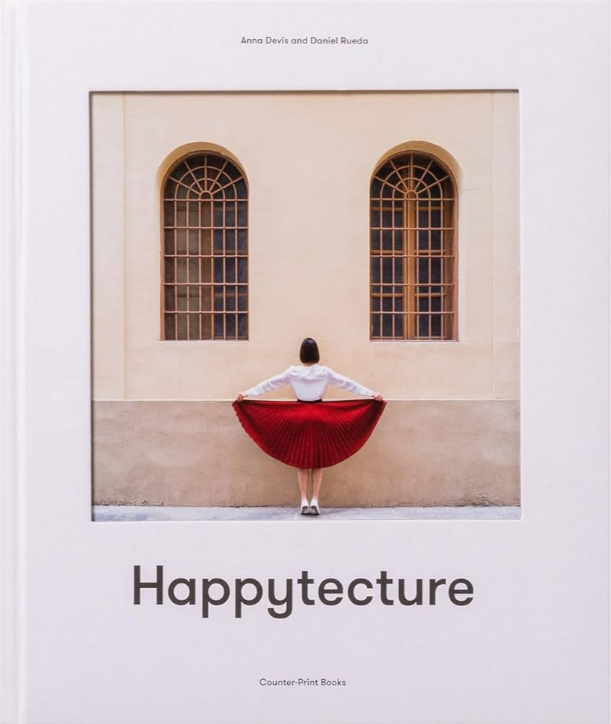
Reviews
Book Review: Happytecture by Anna Devís & Daniel Rueda
See more
Recent Wiki
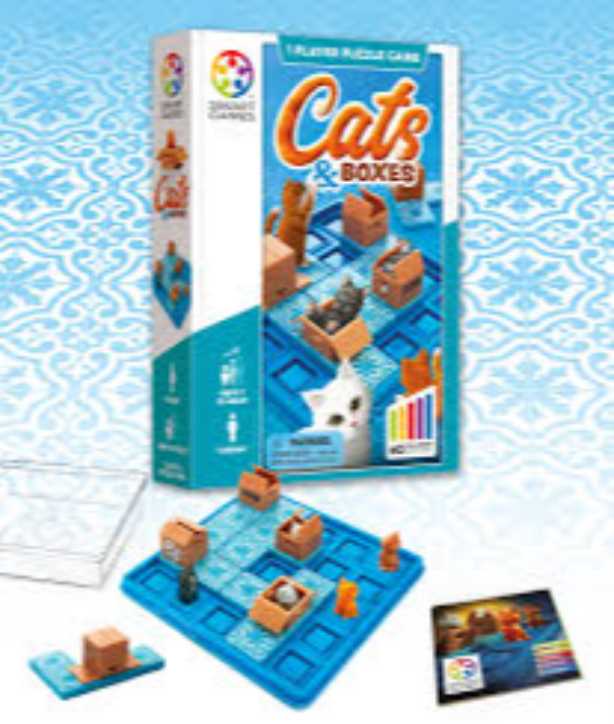
BOOK REVIEWS
Game Review: Cats & Boxes

PEOPLE
Ana Maria, Founder of The Magical Underland Inc., Rings in the Holidays with a new kind of Christmas Tree
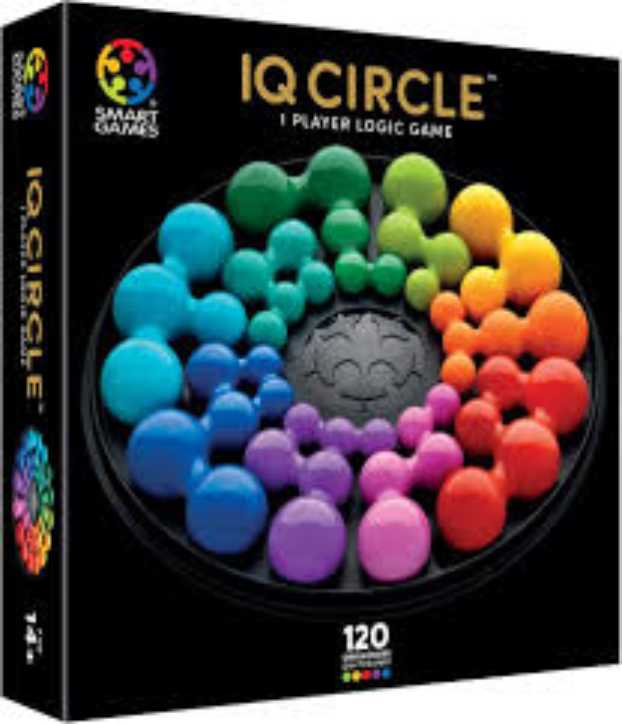
BOOK REVIEWS
Game Review: IQ Circle

PEOPLE
Catching up with Eric Olsen, The Inventor of Flip 7 and Co-Creator of Messy Table Games
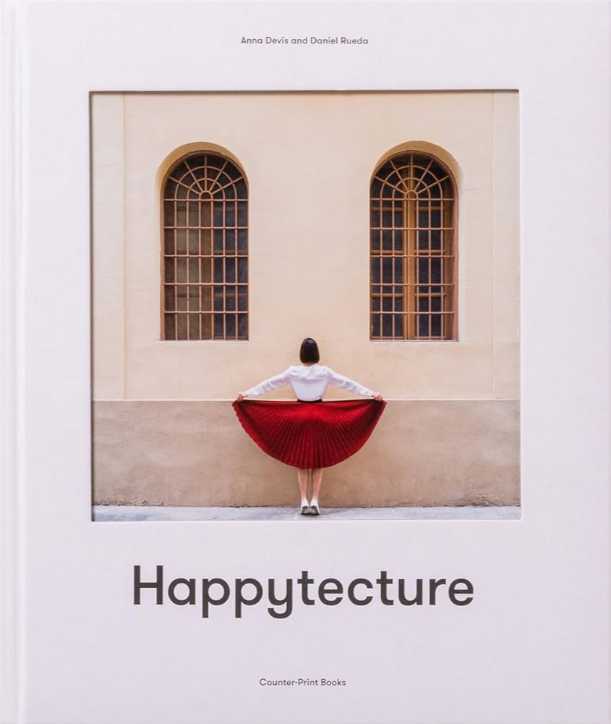
BOOK REVIEWS
Book Review: Happytecture by Anna Devís & Daniel Rueda
See more
POP's Got Talent

POP Entertainment
Randy Klimpert Shares his Ukulele Collection

POP Entertainment
Steve Casino Peanut Art

POP Entertainment
Everyone's Talking about POP!

POP Entertainment
Princess Etch - a Multi-Talented Etch A Sketch Artist

POP Entertainment
Joseph Herscher of Joseph' s Machines.
See more
Recent POPcast

Hidden Role: The Brains Behind your Favorite Games
Connie Vogelmann designed Apiary & Wyrmspan!

Hidden Role: The Brains Behind your Favorite Games
Bob Fuhrer... Is THE Crocodile Dentist!

Hidden Role: The Brains Behind your Favorite Games
Tom Dusenberry... Bought Atari, Wizards of the Coast, and Avalon Hill!

Hidden Role: The Brains Behind your Favorite Games
Matt Leacock created Pandemic... the game!

Hidden Role: The Brains Behind your Favorite Games
Scott Brown and Tim Swindle... are Launching a New Sport!
See more
POPDuos

POPDuos: Interviews with Legends and Leaders
POPDuo: Richard Dickson, Mattel’s President & COO, and Kedar Narayan, Young Inventor Challenge AMB

POPDuos: Interviews with Legends and Leaders
POPDuo: Will Shortz and Josh Wardle

POPDuos: Legends and Leaders Explore Creativity
POP Duo: Elan Lee, Co-Founder, Exploding Kittens.and Jeff Probst, Host and Exec Producer, Survivor

POPDuos: Legends and Leaders Explore Creativity
POP Duo: David Fuhrer, MNG Director, Blue Sq Innovations & Shawn Green, past Dodgers & Mets MLB Star

POPDuos: Legends and Leaders Explore Creativity
POP Duo: Bob Fuhrer, Founder, Nextoy and Tom Fazio, Golf Course Designer
See more
